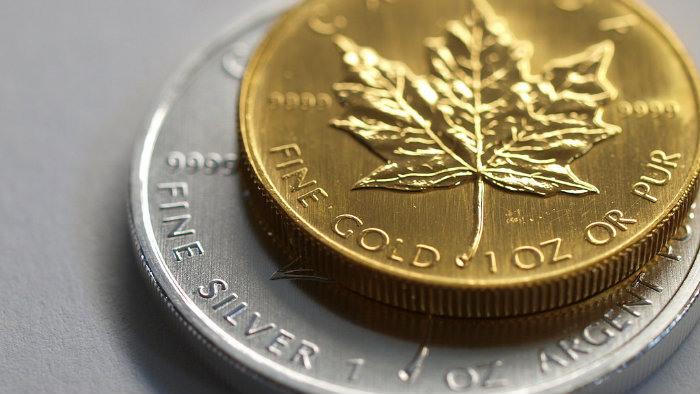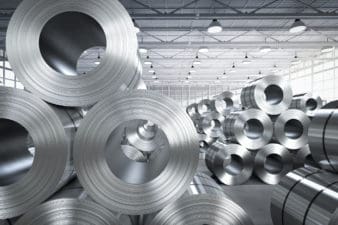On the night of April 13, President Donald Trump announced that the U.S. would conduct military strikes in Syria with its allies Britain and France. This was in response to an alleged chemical attack that the U.S. and it allies claim was committed by Syrian government forces. The Syrian government has denied the allegations. Russia, which has emerged as a close ally of the Bashar al-Assad government, warned of “consequences” that would emerge from escalating the conflict in Syria.
The Trump administration has assumed an increasingly aggressive stance toward Russia and its Syrian and Iranian allies in recent months. There is a strong possibility that President Trump will pull out of the Iran nuclear deal in the coming months. The administration will reportedly pursue additional sanctions on Russia on April 16. The escalation in the Middle East comes after the declaration from Secretary of Defense James Mattis late last year that “great power competition” had become the primary focus of U.S. geopolitical strategy.
The spot price of gold reached above $1,350 on the evening of April 15. Gold prices spiked above $1,360 and also rose in response to the Syria strikes before tapering off in the early weekend. The spot price of silver also increased on the news.
Since the election of Donald Trump, the spot price of gold has climbed 11%. The yellow metal experienced severe turbulence in the weeks following Trump’s election, as Wall St. and global markets responded extremely positively to the news, with special enthusiasm reserved for the promise of tax reform and deregulation. The S&P/TSX has dropped 5.7% in 2018 as of close on April 13. Investors may want to take a second look at precious metals, as the geopolitical situation takes an incendiary turn.
Kinross Gold Corporation (TSX:K)(NYSE:KGC) stock rose 1.26% on April 13 and on a month-over-month basis. In its fourth-quarter results, Kinross saw revenue and production dip year over year. The company expects production of 2.5 million gold ounces in 2018 and projects to be at or above this threshold over the next three years.
Overall silver production dropped 4.1% in 2017 according to the World Silver Report, which was released on April 12. This marks the fifth year in a row that production has declined. Demand also fell 2% in 2017.
Silvercorp Metals Inc. (TSX:SVM)(NYSE:SVM) climbed 3% on April 13 and has increased 4.5% in 2018 thus far. Silver prices have not fared as well as gold in 2018, in spite of the supply shortage. The drop in demand was mostly due to a decline in physical demand, with coin and bar investments falling 27% in 2017. With cryptocurrencies falling out of favour due to a massive drop in early 2018, it is possible that physical demand for precious metals will see an increase going forward, especially with rising geopolitical tensions.
Wheaton Precious Metals Corp. (TSX:WPM)(NYSE:WPM) rose 1.13% on April 13 and has climbed 4.6% in 2018 so far. Wheaton Precious Metals exceeded its production guidance for gold and silver production in 2017 and reported record gold sales volumes. The company hiked its dividend 29% year over year and declared a quarterly dividend of $0.09 per share, representing a 1.6% dividend yield.






